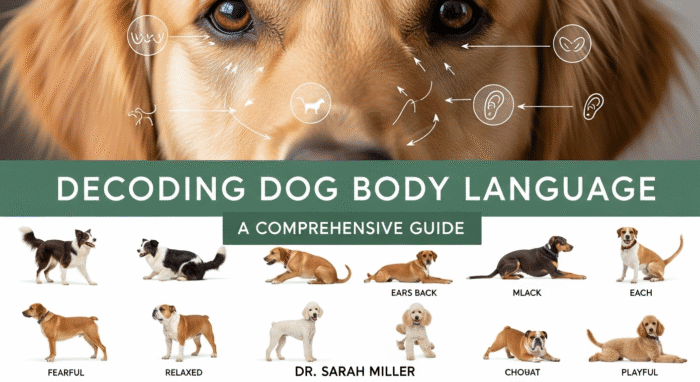Okay, let’s talk dogs. Specifically, let’s dive into the wonderfully weird, often hilarious, and sometimes downright confusing world of dog body language. I mean, we all think we know when a dog is happy (wagging tail, duh!), but there’s so much more going on beneath the surface. And honestly? Figuring it out can be a total game changer for your relationship with your furry pal. This isn’t just about avoiding a nip; it’s about truly understanding what they’re trying to tell you.
Think of it like this: your dog is fluent in Dog-lish, and you’re stumbling through with a phrasebook. This guide is your Rosetta Stone.
I remember once, I was absolutely convinced my childhood dog, Buster (a golden retriever with the attention span of a goldfish), was just being stubborn when he wouldn’t come inside. Turns out, he was terrified of the wind chimes my mom had hung up! He wasn’t being disobedient; he was genuinely scared. That’s when it clicked for me: I needed to actually listen to him, not just expect him to understand me.
Table of Contents
The Tail’s Tale: More Than Just a Wag

Let’s start with the obvious: the tail. But here’s the thing: it’s not just about whether it’s wagging or not. The way it’s wagging matters just as much. A high, stiff wag can actually indicate excitement or even agitation, not necessarily happiness. A low, tucked tail? That’s usually fear or submission. And a relaxed, neutral wag? Bingo, that’s your happy camper. Decoding Dog Communication is important.
But don’t get too hung up on the tail alone. It’s just one piece of the puzzle. You gotta look at the whole picture – ears, eyes, mouth, posture… it’s a symphony of signals!
Ear-resistible Clues: Decoding Ear Positions
Ears are incredibly expressive. Erect ears usually signal alertness or interest. Ears held slightly forward can mean curiosity. But ears pinned back flat against the head? That’s a big red flag. It usually indicates fear, anxiety, or submission. Pay attention to the context too. Is the dog also cowering? Growling? These are all clues that help paint the complete picture. It’s kind of like reading between the lines – you’re not just seeing what’s there, you’re interpreting the underlying meaning. You might be wondering, what about dogs with floppy ears? Good question! While it can be harder to read their ear positions, you can still look for subtle changes in how they hold their ears relative to their normal position. Are they pulling them back slightly? That’s still a sign of unease.
Actually, that’s not quite right… floppy-eared dogs might be harder to read at first, but after a while, you get used to the subtle movements. It’s like learning a new language – at first, it all sounds like gibberish, but eventually, you start to pick up on the nuances.
Eye Contact: A Tricky Subject
Here’s where things get a little tricky. Direct eye contact can be interpreted differently depending on the dog and the situation. In some cases, it can be a sign of dominance or aggression. In others, it can be a sign of affection and bonding. The key is to pay attention to the rest of the dog’s body language. Is the dog’s body relaxed? Are they wagging their tail? Or are they stiff and tense? As highlighted in Wikipedia, direct eye contact can be an indicator of dominance.
And let’s be honest, some dogs are just more comfortable with eye contact than others. My friend’s Shiba Inu, Kiko, avoids eye contact like the plague. It’s not that she’s scared or aggressive; she’s just a little quirky. Every dog is an individual, and you need to learn their own unique communication style.
Mouth Matters: Lip Licking, Yawns, and More
The mouth can tell you a lot about a dog’s emotional state. Lip licking, for example, isn’t always about food. It can be a sign of stress, anxiety, or appeasement. A tight-lipped mouth usually indicates tension or discomfort. And yawning? Well, sometimes it’s just a yawn, but other times it can be a sign of stress or anxiety. Think about it this way: when you’re nervous, you might fidget, bite your nails, or clear your throat. Dogs have their own versions of these nervous habits, and lip licking and yawning are two of the most common.
But here’s the thing: context is everything. A dog might yawn if they’re tired, bored, or stressed. You need to consider the situation to determine what the yawn really means. And sometimes? It just means they’re tired! Don’t overthink it.
Let me try to explain this more clearly. Imagine you’re at a party, and someone is talking to you about something you’re not interested in. You might yawn, right? That doesn’t necessarily mean you’re rude or bored; it just means you’re not engaged in the conversation. A dog’s yawn can be similar – it might just mean they’re not feeling stimulated or interested in what’s going on.
Posture Power: Reading the Body’s Stance
A dog’s overall posture is a crucial indicator of their emotional state. A relaxed, loose posture usually indicates a happy, comfortable dog. A stiff, tense posture can signal fear, aggression, or anxiety. A dog that’s leaning forward might be feeling curious or assertive, while a dog that’s leaning back might be feeling fearful or submissive. And a dog that’s rolling onto their back is usually offering a sign of submission or trust. I keep coming back to this point because it’s crucial: look at the whole dog, not just one part.
Here’s the thing: dogs communicate through a combination of visual signals, vocalizations, and scent. We’re focusing on body language here, but it’s important to remember that it’s just one piece of the puzzle. Pay attention to your dog’s barks, growls, whines, and howls. And don’t underestimate the power of scent – dogs have an incredible sense of smell, and they use it to communicate all sorts of things.
And, like human languages, there are dialects. Decoding Your Dog’s Body Language will help you better understand your furry pal.
FAQ: Decoding Dog Body Language Dilemmas
How do I know if my dog is playing or being aggressive?
This is a common question! The key difference lies in the body language. Playful dogs will have loose, relaxed bodies, wagging tails, and bouncy movements. They might engage in play bows (lowering their front end while keeping their rear end up) and exaggerated movements. Aggressive dogs, on the other hand, will have stiff, tense bodies, fixed stares, and might show their teeth or growl. If you’re ever unsure, it’s best to err on the side of caution and separate the dogs.
Why does my dog suddenly start lip licking when I approach them?
As we touched on earlier, lip licking can be a sign of stress or anxiety. If your dog starts lip licking when you approach them, it could mean they’re feeling uncomfortable or unsure about something. Try approaching them more slowly and gently, and avoid making direct eye contact. Give them space and let them come to you. It’s all about making them feel safe and secure.
Is it true that a wagging tail always means a happy dog?
Nope! This is a common misconception. As we discussed, the way a dog wags its tail matters just as much as the fact that it’s wagging. A high, stiff wag can indicate excitement or agitation, while a low, tucked tail can indicate fear or submission. Pay attention to the overall body language to get a complete picture.
How can I improve my ability to read my dog’s body language?
Practice, practice, practice! Spend time observing your dog in different situations and pay attention to their body language. Watch videos of dogs interacting with each other. Read books and articles about dog behavior. And most importantly, listen to your dog. They’re constantly communicating with you, you just need to learn how to understand them.
So, there you have it – a (hopefully) comprehensive guide to decoding dog body language. It’s a journey, not a destination. You’ll never know everything, but the more you learn, the closer you’ll become to your furry friend. And that’s worth it, right?

